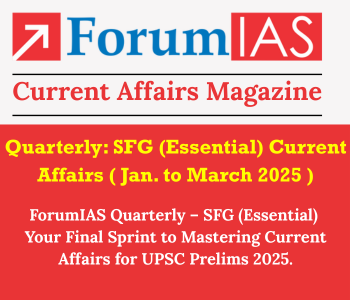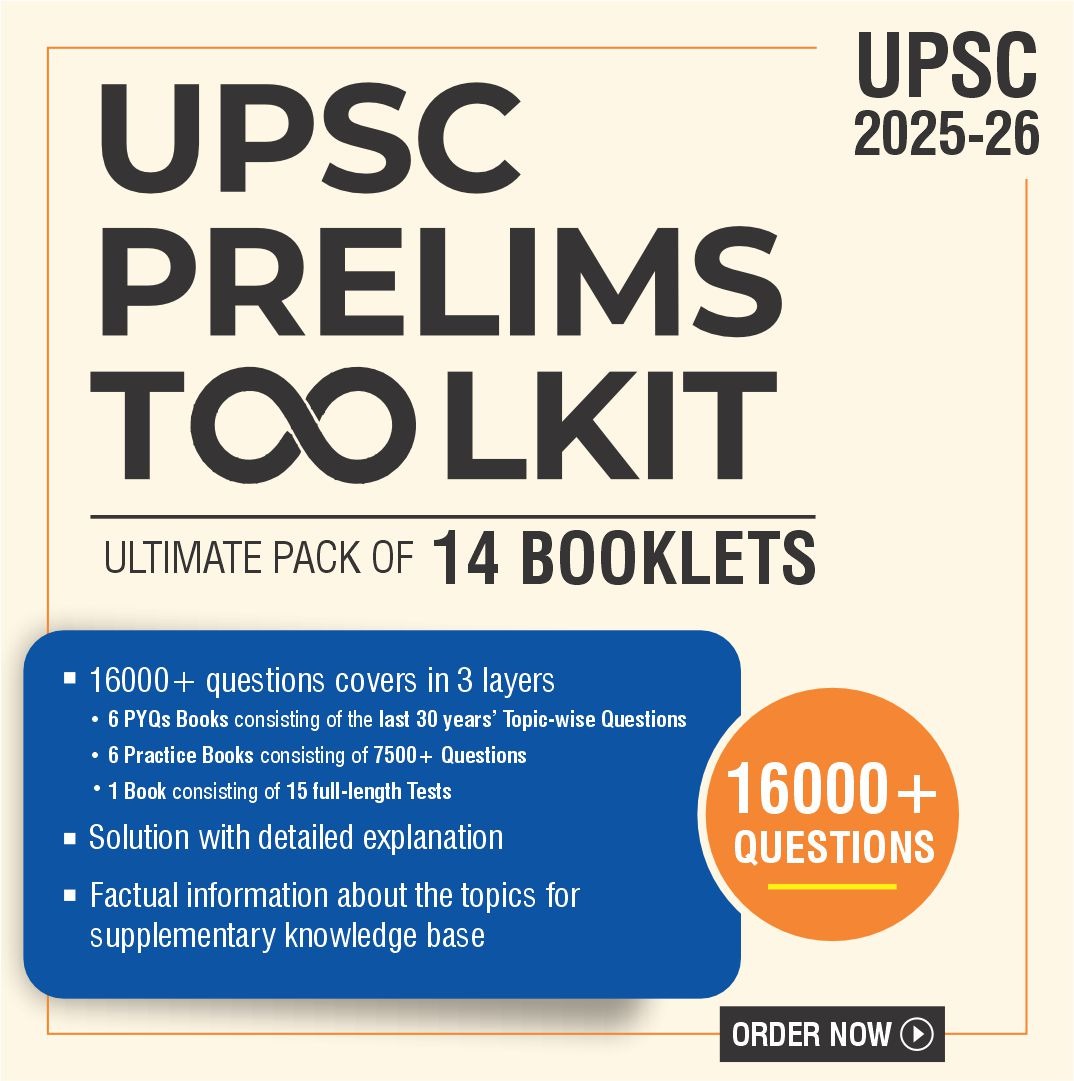Source: The post Clarifying Justice: The Supreme Court’s Ruling on SC Sub-Quotas has been created, based on the article “SC/ST Sub-quota red lines and red herrings” published in “Indian Express” on 10th August 2024
UPSC Syllabus Topic: GS Paper2-Social Justice
Context: The article discusses the Supreme Court’s ruling on sub-quotas for Scheduled Castes. It clarifies misconceptions, emphasizing that the verdict supports social justice. The article also highlights concerns about potential misuse of sub-classification and the need for careful implementation.
For detailed information on SC verdict allowing for Sub-Classification of SCs and STs read this article here
What Specific Criticisms Are Addressed in this Verdict?
- Misconception of Diluting Reservation: Critics wrongly believe the verdict weakens the existing reservation system. However, the court emphasizes “substantive equality” and strengthens social justice for disadvantaged communities.
- Usurping Parliament’s Role: Some argue the court overstepped by handling sub-quotas. In reality, the court only clarified the legal permissibility, leaving implementation to legislative bodies.
- Lack of Empirical Evidence: The criticism that the court lacked data is incorrect. The 2011 Census provides detailed socio-economic data for SC communities, highlighting significant disparities in educational attainment among different sub-castes, like the Mazhabi Sikhs and Ravidasi in Punjab.
How Should the Verdict Apply to Scheduled Tribes?
- The Supreme Court’s verdict on sub-quotas for Scheduled Castes (SCs) should be carefully considered before applying it to Scheduled Tribes (STs).
- The internal differences within STs and the rationale behind their reservations differ from those of SCs.
- The case was primarily argued based on the social realities of SCs, not STs, making the direct application to STs potentially problematic.
- There cannot be two different interpretations of Articles 341 and 342 for SCs and STs.However, the specifics of ST reservations were not thoroughly examined in this case.
- The substantive application of this verdict to STs should be delayed until the Supreme Court can fully address the unique aspects of ST reservations.
What Are the Real Concerns with the Verdict?
1.There are concerns that the sub-classification allowed by the Supreme Court could be misused for political purposes, such as favoring certain communities aligned with the ruling party.
- The political parties has previously misused OBC sub-classification for political gain, raising fears of similar tactics with SC sub-quotas.
- There is a risk that sub-classification could reduce the number of eligible candidates for higher jobs, leading to positions being left vacant or transferred to the unreserved category.
- The sudden application of the “creamy layer” doctrine to SCs and STs is concerning because it wasn’t fully addressed in the court’s discussions and could reduce the pool of eligible candidates.
What Should Social Justice Focus on Now?
- Instead of opposing sub-quotas, efforts should focus on improving the current judgment and addressing long-term issues.
- Adjust reservations based on current population data and remove the 50 percent ceiling on reservations. Thus, ensuring representation matches the actual SC/ST population.
- Carefully apply the “creamy layer” concept to SCs/STs, avoiding reduction of eligible candidates.
Question for practice:
Examine how the Supreme Court’s ruling on SC sub-quotas aims to enhance social justice while addressing the criticisms of diluting reservation and usurping parliamentary authority.
Discover more from Free UPSC IAS Preparation Syllabus and Materials For Aspirants
Subscribe to get the latest posts sent to your email.







